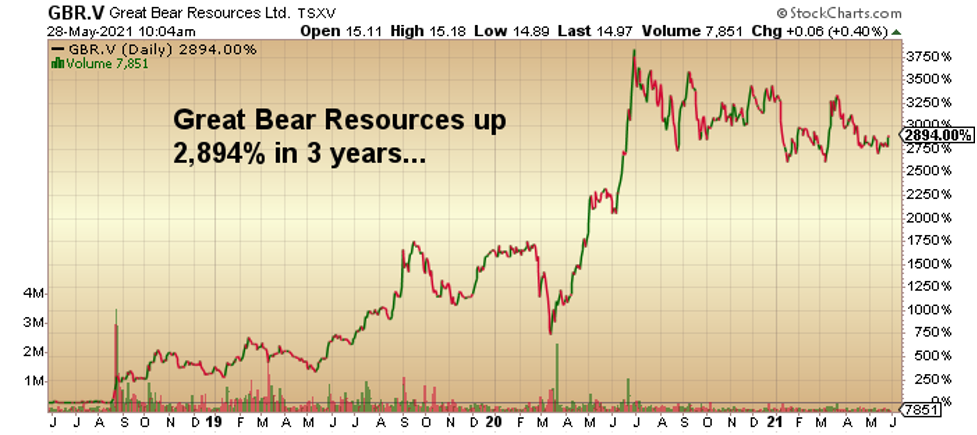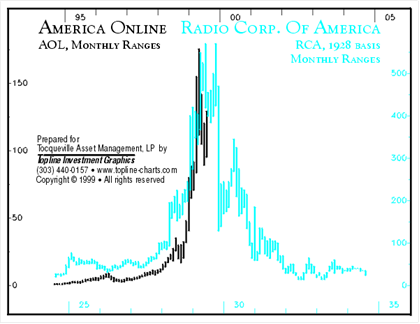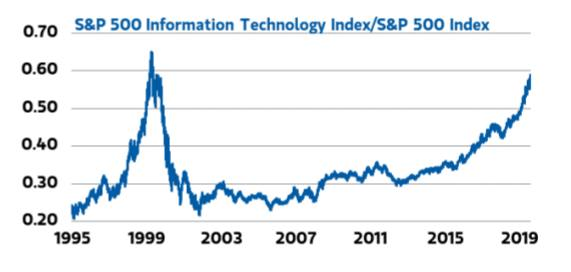https://www.streetwisereports.com/article/2021/06/03/precious-metals-investing-stay-focused-and-stay-long.html
The first investment newsletter that I ever read was sent to me by
one of our brokerage clients back in 1979 and it was called "Dow Theory
Letters," written by the man that inspired me to do what I do today, the
legendary and late Richard Russell.
Notwithstanding a few unbelievable market calls, such as the top of
the Great Bull Market in 1966 and the end of the 1973–1974 bear market
within days, it was his storytelling that captivated me. As a bombardier
during WWII, he related the terror of riding through anti-aircraft
barrages with wax in each ear while trying to identify targets in the
bomber's viewmaster, and while I longed for his sage market guidance, it
was the stories that kept me a dutiful subscriber until his passing in
2015.
Russell had a great many friends and colleagues in the investment
industry and often praised them for particularly important market calls,
or even passing observations or opinions, but one thing that I never
observed was a Richard Russell ridicule or even mild criticism of his
competitors. He carried honor into battle as a badge and it was one of
the reasons why the last big testimonial dinner for him a few years
before his passing was a "standing room only" affair. There has not been
an investment newsletter that even slightly compares with "Dow Theory
Letters," and the wisdom it bestowed upon the unsophisticated investor,
and the humility with which it was delivered.
Another newsletter personality that remains a friend to this day is
Robert (Bob) Bishop, formerly the publisher of the Gold Mining Stock
Report from 1983 to 2007. While I always admired Bob's writing prowess,
he had an uncanny knack of zeroing in on the really big
exploration stories. In fact, his voluminous encyclopedic report in 1991
entitled "Diamonds in North America" was the finest piece of
educational data that I have ever read and that still stands today.
There was nary a writer on the planet who had a clue about what was
going on in the summer of 1991, and what investors have to understand is
that Bob's report triggered a CA$200 million staking rush way up in the
frozen tundra, followed by massive financings for the junior
diamond explorers. While the success of Dia Met Minerals in its move
from the pennies to over $80/share helped bring in new subscribers, Bob
deserved to receive royalties from the promoters, fund managers and
investment bankers who pocketed millions of dollars in fees and capital
gains.
Now, if you thought that his foray into Diamonds-101 as a crash
course was a one-off, once-in-a-lifetime blessing bestowed by the two
goddesses of junior mining (Mother Nature and Lady Luck), it was only a
few years later, in 1993, that Bob repeated the performance by being the
first writer to talk about a possible nickel discovery in northeast
Labrador, by way of a Robert Friedland company called "Diamondfields
Resources," which actually turned out to be an even bigger win than Dia
Met (pennies to $170/share pre-split).

I recall having lunch with Bob in Toronto around 2007, in the early
days after he retired from the business, and I was raving on and on
about the statistical improbability of having nailed not one but two major, world-class discoveries in one career,
let alone the half-decade time frame. The ever-humble Bishop
interjected, correcting me by saying "You forgot about Arequipa"—sold to
Barrick Gold Corp. (ABX:TSX; GOLD:NYSE) for CA$1.1 billion in 1996—another Gold Mining Stock Report recommendation that made his subscribers fortunes.
As the years have rolled by and mimeographed newsletters arriving my
regular mail were replaced with whirring fax machines in the wee hours
of the morning, the arrival of the internet age allowed greater access
to investment information in terms of both reduced costs and increased
availability. Today, in 2021, it is the macrocosm of internet access and
proactive social media marketing that has altered the landscape for the
newsletter community. With Zoom-type technology, everyone with a nice
smile and the gift of gab is now racing to get us to press the "Like"
button so they can get paid by the advertisers.
The newsletter writers of the 1990s and 2000s have shuttered their
laptop keyboards for make-up trays and teleprompters, so it is not
unusual to see the same topic discussed twenty-five times in various
interviews over a two-day period. It is like a game of musical chairs as
everyone rushes to interview "my friend <Insert Newsletter Guy
here>," at which the amount of fawning and bowing and promoting of
the "guest expert's acumen" and investment advisory service becomes somewhat counterintuitive.
Well, we all better get used to it because the world is moving like a
laser beam on steroids these days, and between cryptocurrency
volatility, stock market overvaluation and the Great Inflation Debate,
any narrative driving millennials and GenXers to buy stocks can change
literally overnight. We saw Bitcoin go from hero to zero with one Elon
Musk tweet, proving without argument that the old days of extensive "due
diligence" (a thoroughly abused phrase these days), like Bishop's
"Diamonds in North America," would take up far too much valuable time
for the Millennials and GenXers to show any serious interest. Rather, a
text message or a tweet from "someone they know" about a "good stock to
buy" sends millions of shares of volume racing through the virtual
universe, only to arrive on the asking side of the quote, swamping
anything and everything in its path, resulting in short-selling hedge
fund managers being carried out on stretchers.
I have a few friends in the newsletter community, and as I cannot
seem to get the corporate finance bug out of my system, I invite them to
join me from time to time in one of my endeavors. The forgotten concept
of reciprocity works well with us older guys, because it was Brien
Lundin's tip on Great Bear Resources Ltd. (GBR:TSX.V; GTBDF:OTCQX)
in late 2018 that prompted me to add it to my portfolio in 2019 at
CA$2.20/share (Brien's subscribers owned it from under CA$0.50). The
move it made after the Dixie discovery in the Red Lake camp, to over
$15/share, was breathtaking, and the way this "geriatric protocol" works
is that I give full credit to the idea generator with a two-word
punctuation mark called a "thank you." Imagine that.

The price of gold last week made an assault on the formidable
US$1,910–1,920 resistance, but was summarily rejected, leaving gold
barely above the magical US$1,900 level on the week. Silver also had an
assault of the $28.50 resistance zone, and too was soundly repelled. I
exited my long gold futures position on a $1,901 stop-loss after
reloading back at the March lows around $1,678/share. All in all it was
another great trade but, sadly, leaves me once again flat, and nervous.
Well, I am not really "flat," because my largest personal holding, Getchell Gold Corp. (GTCH:CSE; GGLDF:OTCQB), is trading within $0.08 of a 52-week and all-time high, and is ahead 85.29% year-to-date.

I have been obscenely vociferous in my constant (and I am sure very
annoying) trumpeting of the merits of Getchell, but after all I
discussed earlier regarding newsletter writers, the one attribute that I
have hopefully learned from the Russells and Bishops of the world is
that when you have done all of your homework and results are coming in
and are exceptional, you must stay focused; follow the strength of your convictions; and stay long.
I see gold, silver and copper all trading sideways for a bit longer
before all moving to new highs, so line up your favorite developer in
the crosshairs and pick your price. The upcoming move is going to be
life-altering, and you must be "egregiously long" before the Chatanooga
choo-choo leaves the station.
Originally published Friday, May 28, 2021.
Follow Michael Ballanger on Twitter @MiningJunkie. He is the Editor and Publisher of The GGM Advisory Service and can be contacted at miningjunkie216@outlook.com for subscription information.
Originally trained during the inflationary 1970s, Michael Ballanger
is a graduate of Saint Louis University where he earned a Bachelor of
Science in finance and a Bachelor of Art in marketing before completing
post-graduate work at the Wharton School of Finance. With more than 30
years of experience as a junior mining and exploration specialist, as
well as a solid background in corporate finance, Ballanger's adherence
to the concept of "Hard Assets" allows him to focus the practice on
selecting opportunities in the global resource sector with emphasis on
the precious metals exploration and development sector. Ballanger takes
great pleasure in visiting mineral properties around the globe in the
never-ending hunt for early-stage opportunities.

















